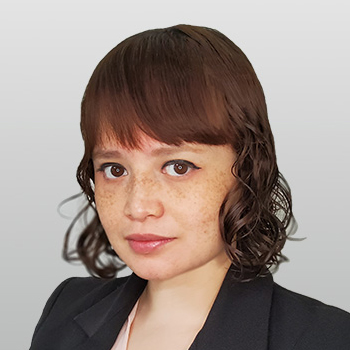
Prof. Monica Perusquía-Hernández
Nara Institute of Science and Technology
Seeing Differently: Using the Body to Understand Vision and Attention in Virtual Reality
Abstract:
Emerging interfaces in virtual reality (VR) are redefining the boundaries between perception, intention, and embodied cognition. In this talk, I will present a series of physiological computing approaches that harness eye metrics, electrooculography (EOG), electromyography (EMG), and motor cues to estimate visual acuity, cognitive load, and eye orientation—even in the absence of overt gaze. I first introduce a novel method for inferring visual acuity using multimodal signals from ocular activity and facial EMG, followed by a technique that leverages occlusion masks to enhance visual accessibility. I then explain how subtle deviations in focal alignment can serve as markers of mental load in immersive environments. Turning to interaction, I explore how gaze and eye-derived cues modulate pointing behaviors in VR, and propose a framework for assessing eye dynamics with closed eyes through proprioceptive pointing. Together, these methods open new directions for closed-loop perceptual assessment and accessible interaction, pursuing inclusive and adaptive XR systems.About the speaker:
Monica Perusquia-Hernandez is an assistant professor at the Nara Institute of Science and Technology (NAIST), Japan, working in affective computing, signal processing, and interoceptive awareness enhancement in cyber-physical systems. Her work relies on Computer Vision, EMG, EEG, ECG, and EDA for congruence estimation between embodied expressions and emotions. Recently, she has been working on emergent technologies to assess and improve vision using multimodal cues and wearable devices.